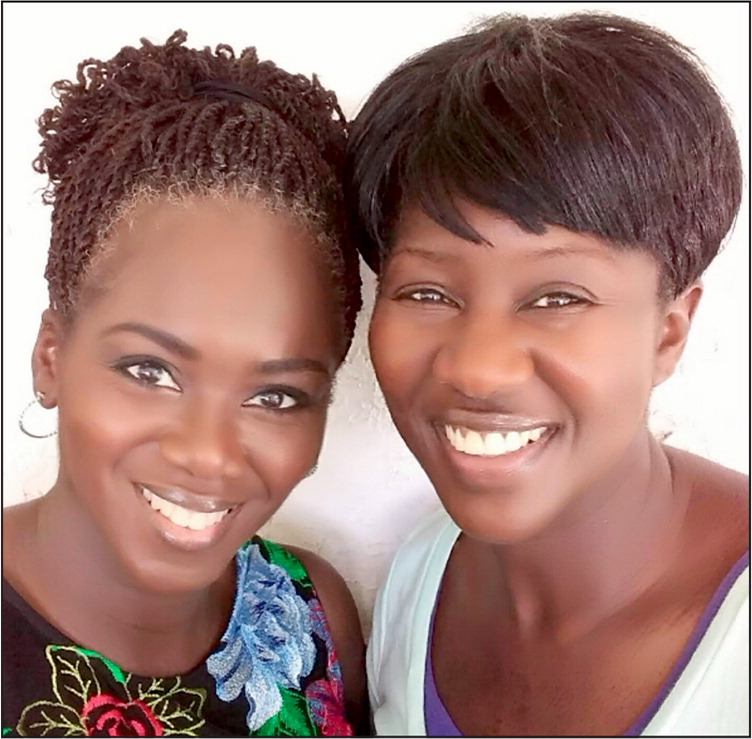
Am Fam Physician. 2017;96(4):259
I have always loved celebration and excitement, parties and gatherings with family, and big trips and fancy outings. However, for someone like me, the party is short-lived. Celebration does not come very often.
I have systemic lupus erythematosus. Every month, every week, every day, and every minute I must make a choice: Will I live fully in the moment and enjoy the experience, despite the consequences for my well-being? Or, do I comply with the vexatious bidding of this disease?
Although I have social support from well-intended loved ones, the reality is that lupus is an isolating experience. A flare-up brings missed birthday parties, canceled girls' nights, and unreturned phone calls. My inability to join the fun is misunderstood as indifference, even rejection. So the invites decrease, and isolation increases. Carefree adventures—like jumping in the car with my sister and heading down the highway—are replaced with inertia on the couch. Phone conversations get replaced with text messages. There are times when my sister's role as supportive aunt to my children is replaced with the hard work of caregiver and nurturer. She knows better than anyone that although I may go about my days trying to live like I am Superwoman, the S on my chest is removable.
Over the years I've learned to listen to my body and prioritize self-care. Chronic illnesses are unpredictable. The best family caregivers are flexible and amenable to constant change. Once, my sister and our parents packed up my children and took them on a family vacation to South Carolina. Although the trip had been planned for months, an unruly lupus flare-up meant choosing self-care over family vacation. When it's time to celebrate, although I have to be cautious, I do try to have my party and join in the fun—but I know now that it's OK to say: it's my party, and I will cry if I want to!—s.m.

COMMENTARY
I learned about S.M. through her sister, Kesha, who published an account of her relationship with her chronically ill sibling in the Journal of the Medical Humanities. The sisters' voices in these two writings are complementary, emphasizing close listening, the tuned-in give-and-take in response to a loved one's changing needs. Family physicians do the same. No wonder family physicians have likened their practice to jazz. Each person improvises her role in an ensemble. Or, to put it differently, as Kesha Morant Williams writes: “a story never solely belongs to its teller.”
